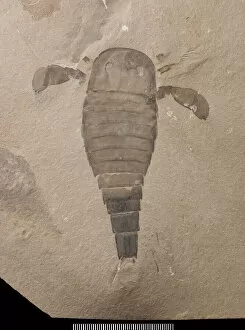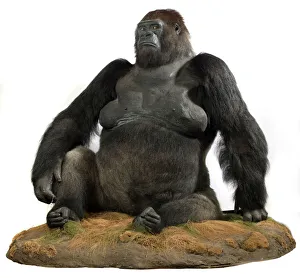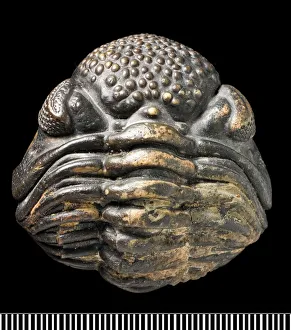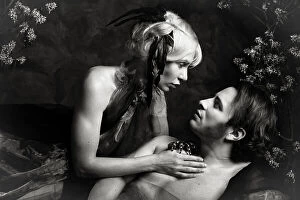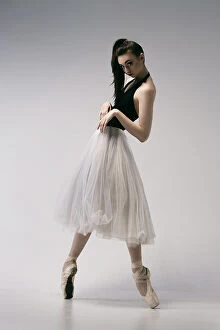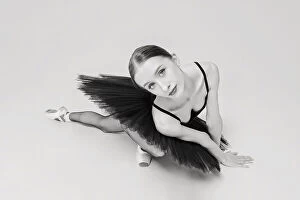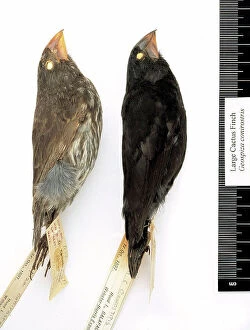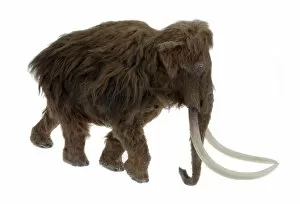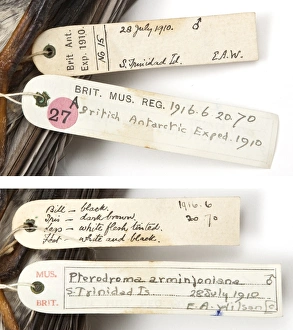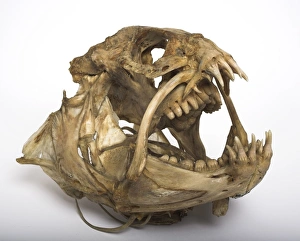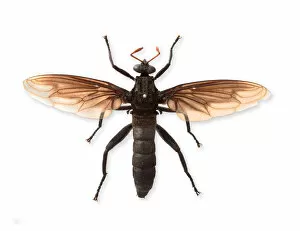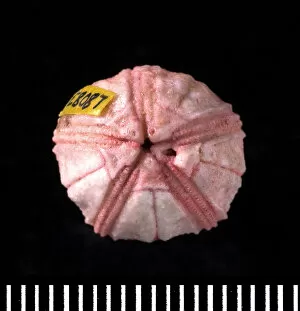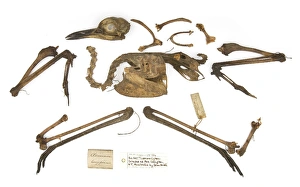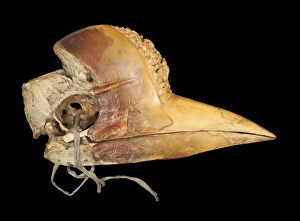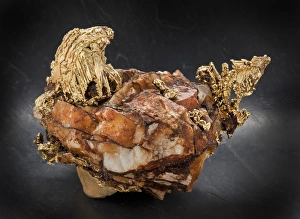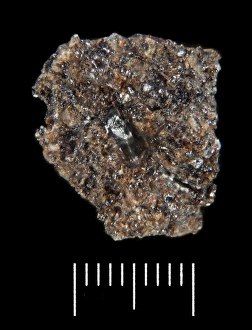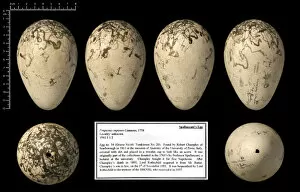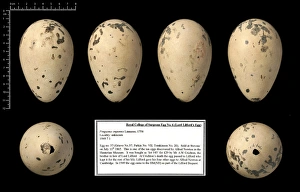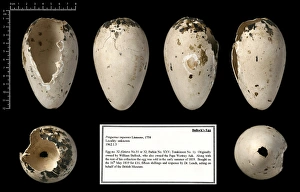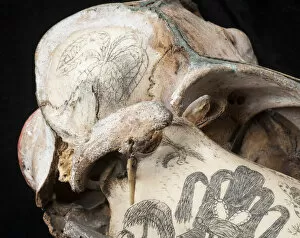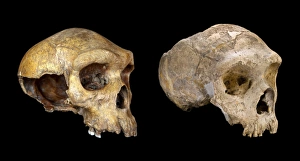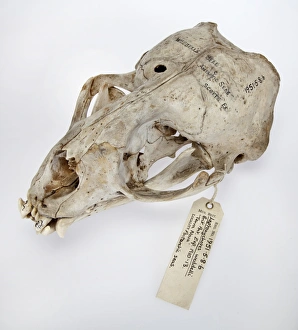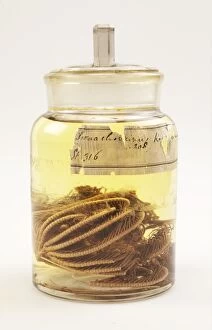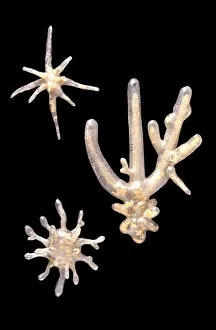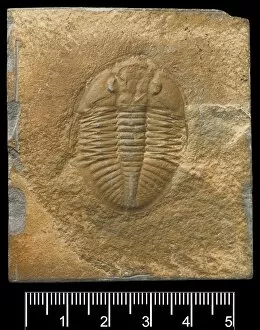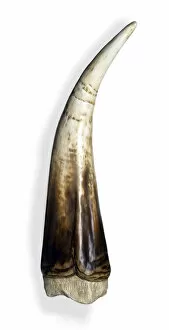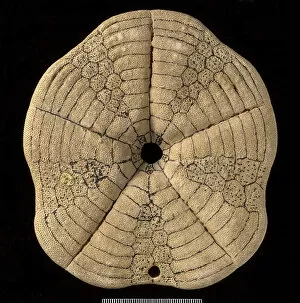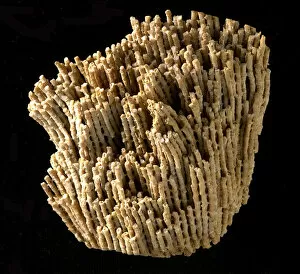Studioshot Collection
"Studioshot: A Captivating Journey through Time and Artistry" Step into the enchanting world of Studioshot, where history meets artistic expression
All Professionally Made to Order for Quick Shipping
"Studioshot: A Captivating Journey through Time and Artistry" Step into the enchanting world of Studioshot, where history meets artistic expression. In this captivating collection, we encounter a diverse array of subjects that span across time and species. Guy (1946-1978), a magnificent western lowland gorilla, commands our attention with his powerful presence. His soulful eyes speak volumes, reminding us of the deep connection between humans and animals. Eurypterus, an ancient fossil eurypterid, takes us back millions of years to a time when these sea creatures roamed the Earth's waters. Its intricate details tell tales of evolution and survival in a prehistoric world. Phacops, another fossil treasure from the past, introduces us to the fascinating realm of trilobites. These armored arthropods leave us in awe as we contemplate their existence in ancient oceans. The Dodo skeleton (Raphus cucullatus) serves as a poignant reminder of extinction's tragic consequences. Through this relic from centuries ago, we reflect on humanity's role in preserving our planet's biodiversity for future generations. Amidst these extraordinary specimens lies artistry at its finest – captured within portraits that evoke emotion and grace. A ballerina adorned in a black tutu squats while hugging her knees; vulnerability intertwines with strength as she prepares for her performance on stage. In another frame, a peacock-like ballerina leans forward with crossed arms behind her back – exuding elegance and poise reminiscent of nature's most beautiful creations. "The coquetry" captures youthfulness embodied by a young ballerina donning a black skirt while delicately standing en pointe to Chopin's melodies. Her every movement is an ode to beauty itself. At the peak of silence lies "grace and charm, " where we witness the ethereal dance movements frozen in time within StudioShot's walls.

